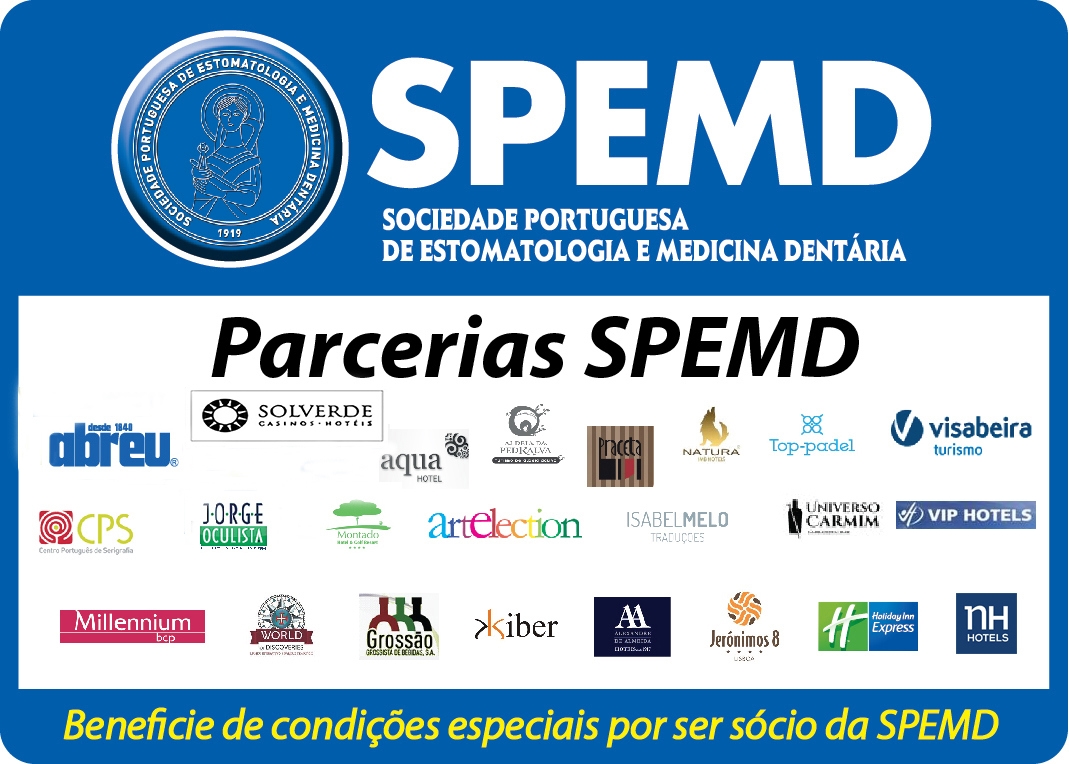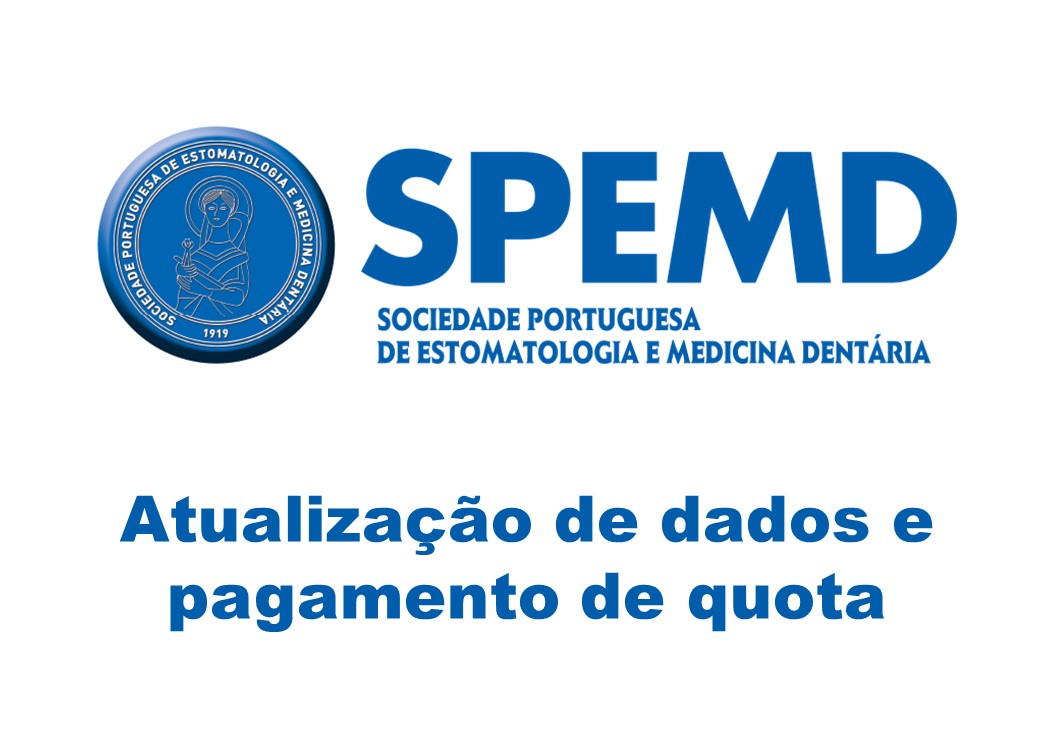
Autores: Joana Costa, Isabel Ribeiro, Lídia Gonçalves, Maria Teresa Arias-Moliz, Ana Bettencourt, Jaime Portugal, Cristina Bettencourt Neves
Instituição: Faculdade de Medicina Dentária da Universidade de Lisboa
Valor da bolsa: 200.00€
Apresentação durante o evento CED-IADR/NOF Oral Health Research Congress em Madrid, Espanha | 2019-09-19
Resumo:
Objectives: Evaluate the antimicrobial activity against Candida albicans and Streptococcus oralis and to assess the cytotoxic potential, using cultures of fibroblasts, of acrylic reline resins loaded with chlorhexidine.
Methods: Three acrylic reline resins were loaded with a chosen concentration of chlorhexidine: Kooliner was incorporated with 2.5% (w/w) while Ufi Gel Hard and Probase Cold were loaded with 5% (w/w). All materials also included a control group (0% chlorhexidine). Two distinct microbiological tests were carried out: agar diffusion and antibiofilm assay. For the agar diffusion assay, resin disks were placed on agar plates inoculated with Candida albicans (ACTT 10231) and Streptococcus oralis (ATCC 3507), separately, and after 48 hours at 37°C, the diameters of inhibition zones were measured. To determine the antibiofilm activity, resin discs were placed in inoculated medium with Candida albicans and incubated for 48 hours at 37°C. Specimens with biofilm on the surface were fixed with different ethanol solutions, analyzed and photographed using a scanning electron microscope. To assess the cytotoxic potential, extracts were obtained by incubating the specimens in 1 mL of distilled water for 24 hours at 37°C. Afterwards, cultures of L929 fibroblasts (ATCC1 CCL-1TM) were exposed to the extracts and cell viability was determined by the spectrophotometric tetrazolium bromide reduction assay. Negative and positive control groups were used. Data were analyzed using parametric t-test (p=0.05).
Results: All resins loaded with chlorhexidine showed an inhibition halo in both strains. However, only Probase Cold with 5% chlorhexidine showed antibiofilm activity, no microorganism was observed on the surface of the material whereas all the other tested groups demonstrated the existence of a biofilm layer of Candida albicans. The incorporation of the drug decreased cell viability in the three tested resins (p<0.001). When compared to each other, Probase Cold was the less cytotoxic resin (70.6±6.17%) and Ufi Gel Hard the most cytotoxic (16.6±5.24%).
Conclusion: The best option of a chlorhexidine-delivery-system is Probase Cold containing 5% of the drug. This system presented antimicrobial activity against Streptococcus oralis and Candida albicans, including high antibiofilm effect against the fungal, being, at the same time, the less cytotoxic resin under evaluation.


